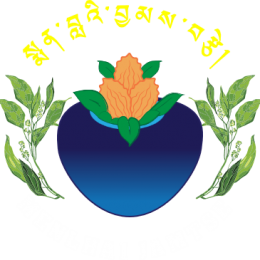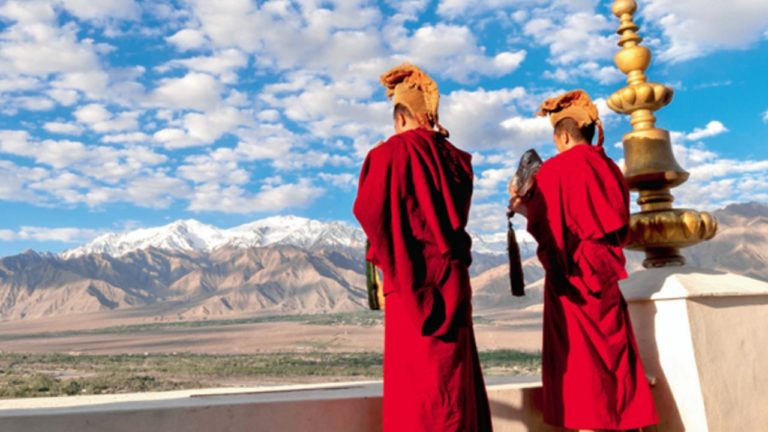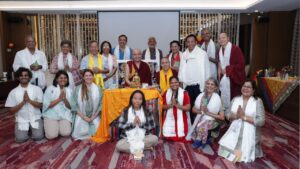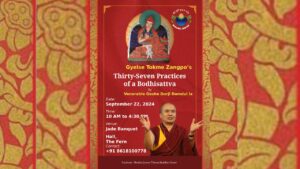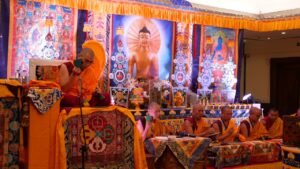Tibetan Buddhism is a religion in exile, forced from its homeland when Tibet was conquered by the Chinese. At one time it was thought that 1 in 6 Tibetan men were Buddhist monks.Norbulingka Palace ©
The best known face of Tibetan Buddhism is the Dalai Lama, who has lived in exile in India since he fled Chinese occupation of his country in 1959.
Tibetan Buddhism combines the essential teachings of Mahayana Buddhism with Tantric and Shamanic, and material from an ancient Tibetan religion called Bon.
Although Tibetan Buddhism is often thought to be identical with Vajrayana Buddhism, they are not identical – Vajrayana is taught in Tibetan Buddhism together with the other vehicles.
History
Buddhism became a major presence in Tibet towards the end of the 8th century CE. It was brought from India at the invitation of the Tibetan king, Trisong Detsen, who invited two Buddhist masters to Tibet and had important Buddhist texts translated into Tibetan.
First to come was Shantarakshita, abbot of Nalanda in India, who built the first monastery in Tibet. He was followed by Padmasambhava, who came to use his wisdom and power to overcome “spiritual” forces that were stopping work on the new monastery.
Groups within Tibetan Buddhism
- Nyingmapa: Founded by Padmasambhava, this is oldest sect, noted in the West for the teachings of the Tibetan Book of the Dead.
- Kagyupa: Founded by Tilopa (988-1069), the Kagyupa tradition is headed by the Karmapa Lama. Important Kagyupa teachers include Naropa, Marpa, and Milarepa.
- Sakyapa: Created by Gonchok Gyelpo (1034-1102) and his son Gunga Nyingpo (1092-1158).
- Gelugpa: (The Virtuous School) Founded by Tsong Khapa Lobsang Drakpa (also called Je Rinpoche) (1357 – 1419), this tradition is headed by the Dalai Lama.
- New Kadampa Tradition: one of the major Buddhist schools in the UK, founded by the Tibetan-born Geshe Kelsang Gyatso. Some Buddhists and non-Buddhists regard the NKT as outside the mainstream tradition.
